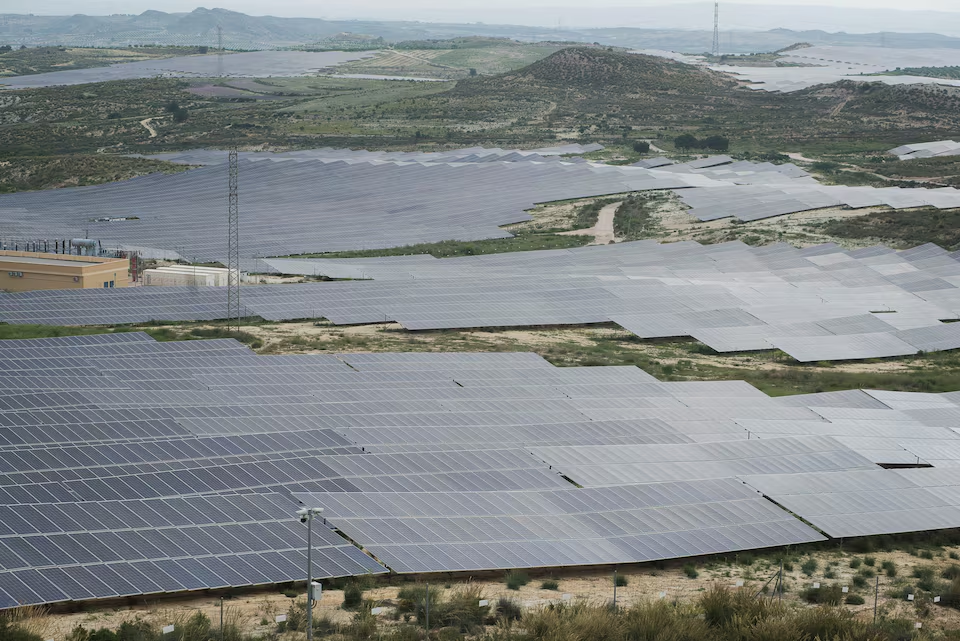In May 2025, the global solar panel industry is undergoing significant shifts due to recent U.S. tariffs on Southeast Asian countries and a slowdown in European demand. These developments are prompting Chinese manufacturers to relocate production to nations like Indonesia and Laos, thereby altering global trade dynamics.
US Tariffs Target Southeast Asia
In April 2025, the U.S. government imposed substantial tariffs on solar cell and module imports from Vietnam, Malaysia, Thailand, and Cambodia. This action followed earlier rounds of tariffs in June and November 2024, aimed at preventing dumping by predominantly Chinese-owned factories operating in these countries. The tariffs significantly impacted exports from these nations, leading to a reevaluation of manufacturing strategies by Chinese companies.
Shift to Indonesia and Laos
In response to the tariffs, Chinese solar manufacturers have increasingly turned to Indonesia and Laos as alternative production hubs. Trade data indicates that the combined share of Indonesia and Laos in the U.S. solar module market rose to 29% in the three months following the November 2024 tariffs, up from less than 1% in 2023. This strategic relocation underscores the adaptability of Chinese firms in navigating trade barriers.
Analyst Insights
Industry experts suggest that the manufacturing capacities in the four Southeast Asian countries affected by the U.S. tariffs are likely to be significantly reduced or shut down. Yana Hryshko, head of global solar supply chain research at consultancy Wood Mackenzie, noted that these capacities were primarily established to circumvent tariffs and supply the U.S. market at premium prices. The recent trade measures have exposed the limitations of such strategies.
European Market Slowdown
Simultaneously, Europe is experiencing a slowdown in solar panel demand, influenced by economic uncertainties and policy shifts. This deceleration is affecting global trade flows and prompting manufacturers to seek alternative markets. The combination of U.S. tariffs and European demand reduction is reshaping the global solar panel trade landscape.
Implications for Global Trade
The evolving trade dynamics highlight the complexities of global supply chains and the challenges posed by protectionist policies. While the U.S. aims to protect domestic industries through tariffs, manufacturers are finding ways to adapt, leading to unintended consequences and new trade patterns. The situation underscores the need for comprehensive strategies that consider the interconnected nature of global markets.
In conclusion, the interplay of U.S. tariffs and European market shifts is driving significant changes in the global solar panel industry. Manufacturers are adjusting their operations to navigate the evolving trade environment, leading to a reconfiguration of production and export strategies. These developments will continue to influence the global renewable energy landscape in the coming years.
Source: Reuters



